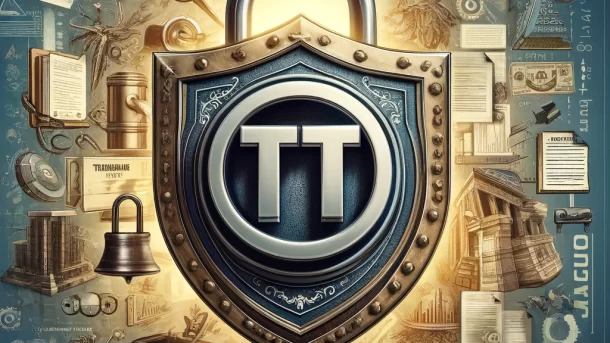In the labyrinth of the art world, where originality and identity are paramount, emerging artists stand at a critical juncture. At this nascent stage, establishing and protecting a trademark is not just a legal formality but a strategic imperative that safeguards their artistic identity and commercial interests.
This article delves into the significance of trademark protection for emerging artists and the potential risks associated with neglecting this crucial aspect of their professional journey.
The Significance of Trademark Protection
A trademark, in the context of an artist’s career, extends beyond a mere logo or brand name. It encompasses the unique signature, stylized name, or any other distinctive mark that an artist uses to identify their work.
This mark becomes synonymous with the artist’s style, quality, and reputation. As such, securing a trademark is tantamount to claiming ownership over one’s artistic identity and brand, a crucial step in establishing a distinct presence in the art market.
Trademark protection offers a twofold advantage: it prevents unauthorized use of the artist’s mark, thus avoiding brand dilution or misrepresentation, and it empowers artists to monetize their brand through licensing deals, merchandise, and collaborations without the risk of imitation.
The Risks of Neglecting Trademark Protection
Failing to secure trademark protection can expose emerging artists to several risks, which can have long-term repercussions on their careers and financial stability.
- Brand Confusion and Misappropriation: In the absence of trademark protection, other entities might use similar or identical marks, leading to brand confusion. This can dilute the artist’s brand value and mislead audiences, potentially diverting sales and opportunities to competitors.
- Legal Battles and Financial Strain: Should an artist decide to contest unauthorized use of their mark later on, the absence of a registered trademark could result in protracted legal battles, requiring significant financial resources and time, which could otherwise be dedicated to creative pursuits.
- Lost Revenue Opportunities: A well-established trademark can be a source of ancillary income through licensing agreements, merchandise sales, and collaborations. Without trademark protection, artists lose control over their brand, limiting these revenue-generating opportunities.
- Compromised Reputation: The use of an artist’s mark by inferior or unrelated products and services can tarnish the artist’s reputation and integrity. The artist’s brand is a reflection of their identity and values; thus, any negative associations caused by unauthorized use can be damaging.
Strategies for Protecting Trademarks
- Early Registration: Emerging artists should prioritize trademark registration as early as possible, ideally before publicly using their mark. This proactive approach ensures legal protection and deters potential infringers.
- Comprehensive Research: Before settling on a mark, conducting thorough research to ensure it is distinctive and not infringing on existing trademarks is crucial. This step prevents future disputes and the need for rebranding.
- Legal Counsel: Consulting with legal professionals specializing in intellectual property can provide artists with guidance tailored to their specific needs and help navigate the complexities of trademark law.
- Vigilance and Enforcement: Even after securing a trademark, artists must remain vigilant and enforce their rights against unauthorized use. This may involve monitoring the market and taking legal action when necessary.
Conclusion
For emerging artists, establishing and protecting their trademarks is not merely a defensive legal strategy but a foundational element of their brand strategy. It ensures the integrity of their artistic identity, protects their commercial interests, and opens up avenues for brand expansion and collaboration.
Neglecting this aspect can lead to financial, legal, and reputational risks, undermining the artist’s potential for growth and success. As such, embracing trademark protection is an essential step for artists venturing into the professional realm, securing their legacy and ensuring their art’s enduring impact.




